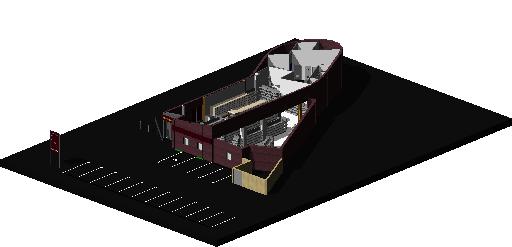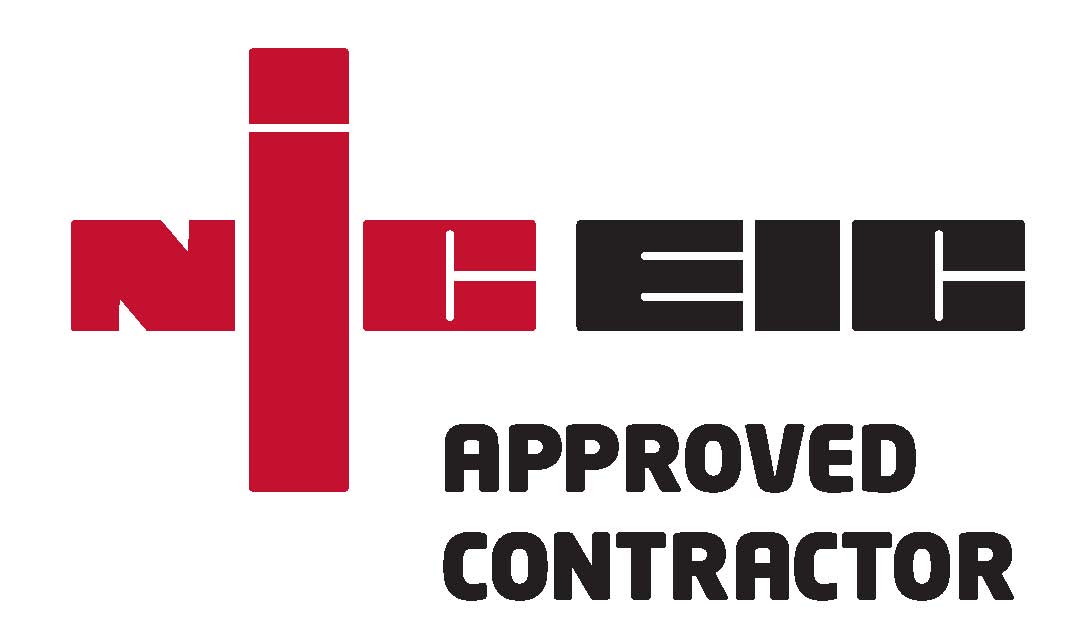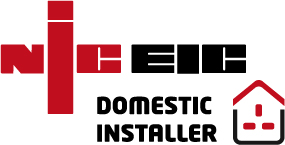Building information modeling (BIM) is a process involving the generation and management of digital representations of physical and functional characteristics of places. Building information models (BIMs) are files (often but not always in proprietary formats and containing proprietary data) which can be exchanged or networked to support decision-making about a place. Current BIM software is used by individuals, businesses and government agencies who plan, design, construct, operate and maintain diverse physical infrastructures, such as water, wastewater, electricity, gas, refuse and communication utilities, roads, bridges and ports, houses, apartments, schools and shops, offices, factories, warehouses and prisons.
Management of building information models
Building information models span the whole concept-to-occupation time-span. To ensure efficient management of information processes throughout this span, a BIM manager (also sometimes defined as a virtual design-to-construction, VDC, project manager – VDCPM) might be appointed. The BIM manager is retained by a design build team on the client's behalf from the pre-design phase onwards to develop and to track the object-oriented BIM against predicted and measured performance objectives, supporting multi-disciplinary building information models that drive analysis, schedules, take-off and logistics.[22][23] Companies are also now considering developing BIMs in various levels of detail, since depending on the application of BIM, more or less detail is needed, and there is varying modeling effort associated with generating building information models at different levels of detail
BIM in construction management
Participants in the building process are constantly challenged to deliver successful projects despite tight budgets, limited manpower, accelerated schedules, and limited or conflicting information. The significant disciplines such as architectural, structural and MEP designs should be well coordinated, as two things can’t take place at the same place and time. Building Information Modeling aids in collision detection at the initial stage, identifying the exact location of discrepancies.
The BIM concept envisages virtual construction of a facility prior to its actual physical construction, in order to reduce uncertainty, improve safety, work out problems, and simulate and analyze potential impacts. Sub-contractors from every trade can input critical information into the model before beginning construction, with opportunities to pre-fabricate or pre-assemble some systems off-site. Waste can be minimised on-site and products delivered on a just-in-time basis rather than being stock-piled on-site.
Quantities and shared properties of materials can be extracted easily. Scopes of work can be isolated and defined. Systems, assemblies and sequences can be shown in a relative scale with the entire facility or group of facilities. BIM also prevents errors by enabling conflict or 'clash detection' whereby the computer model visually highlights to the team where parts of the building (e.g.: structural frame and building services pipes or ducts) may wrongly intersect.
BIM in facility operation
BIM can bridge the information loss associated with handling a project from design team, to construction team and to building owner/operator, by allowing each group to add to and reference back to all information they acquire during their period of contribution to the BIM model. This can yield benefits to the facility owner or operator.
For example, a building owner may find evidence of a leak in his building. Rather than exploring the physical building, he may turn to the model and see that water valve is located in the suspect location. He could also have in the model the specific valve size, manufacturer, part number, and any other information ever researched in the past, pending adequate computing power. Such problems were initially addressed by Leite and Akinci when developing a vulnerability representation of facility contents and threats for supporting the identification of vulnerabilities in building emergencies.
Dynamic information about the building, such as sensor measurements and control signals from the building systems, can also be incorporated within BIM software to support analysis of building operation and maintenance.[











